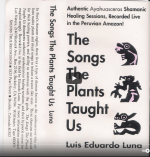acespicoli
Well-known member

God's eye - Wikipedia

Octahedron - Wikipedia
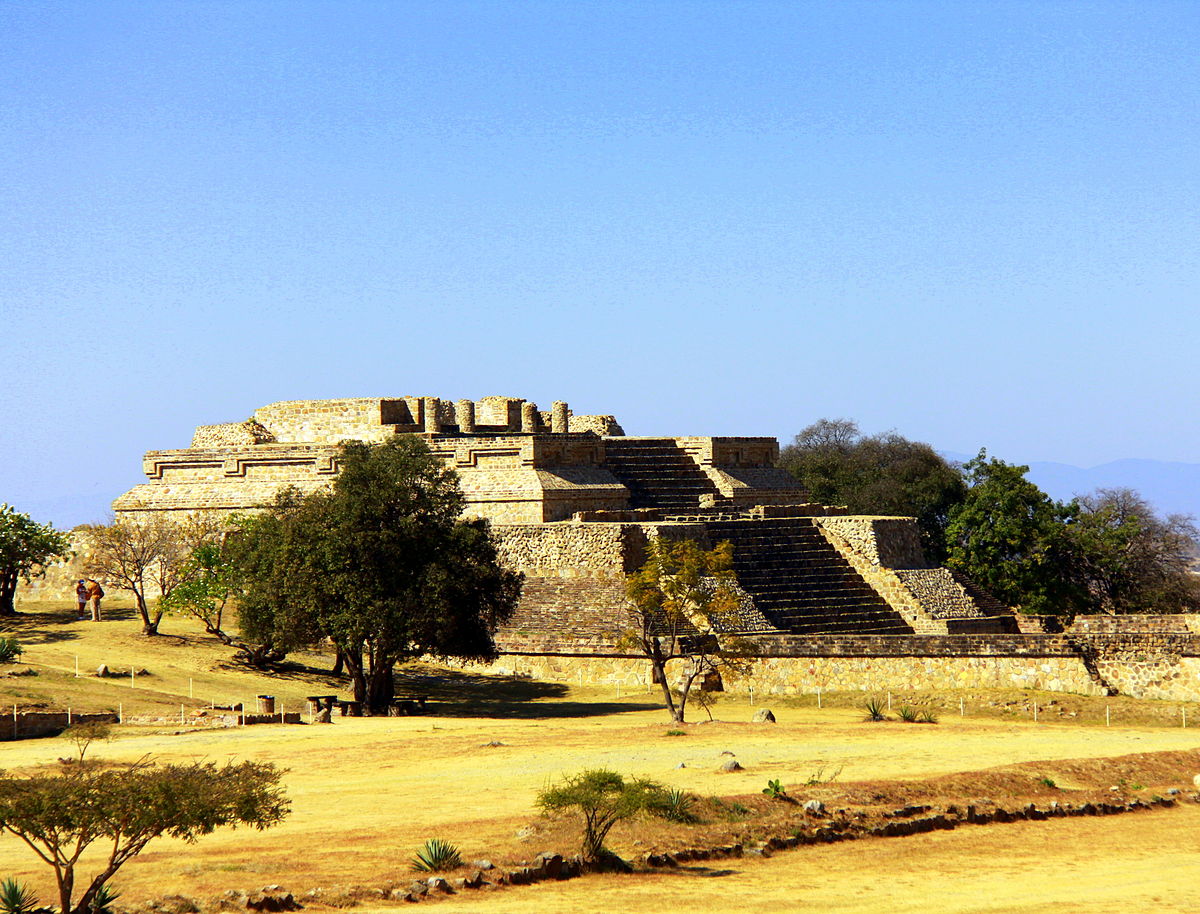
Monte Albán - Wikipedia
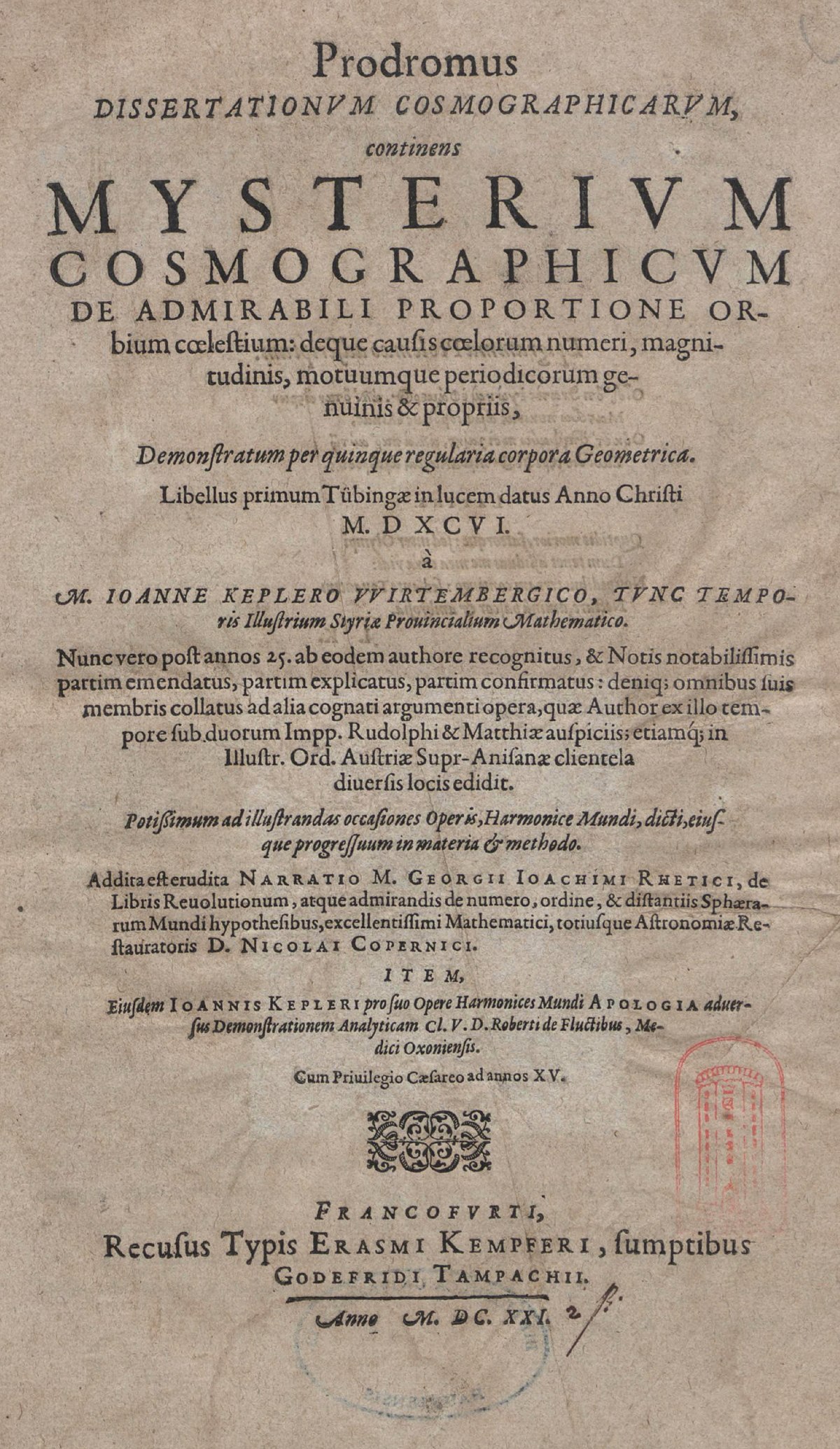
Mysterium Cosmographicum - Wikipedia

Zapotec Art
Zapotec art is wonderful, do you know anything about Zapotec culture? After discovering it you will want to run and visit the land of Oaxaca.
 mexicanarte.com
mexicanarte.com
Their governing elite believed that they descended from supernatural beings who lived among the clouds, and that upon death they would return to the clouds. The name by which Zapotecs are known today results from this belief. The Zapotecs of the Central Valleys call themselves "Be'ena' Za'a" - The Cloud People.
Last edited:

 any tried this, im thinking it might be worth a go...?
any tried this, im thinking it might be worth a go...?
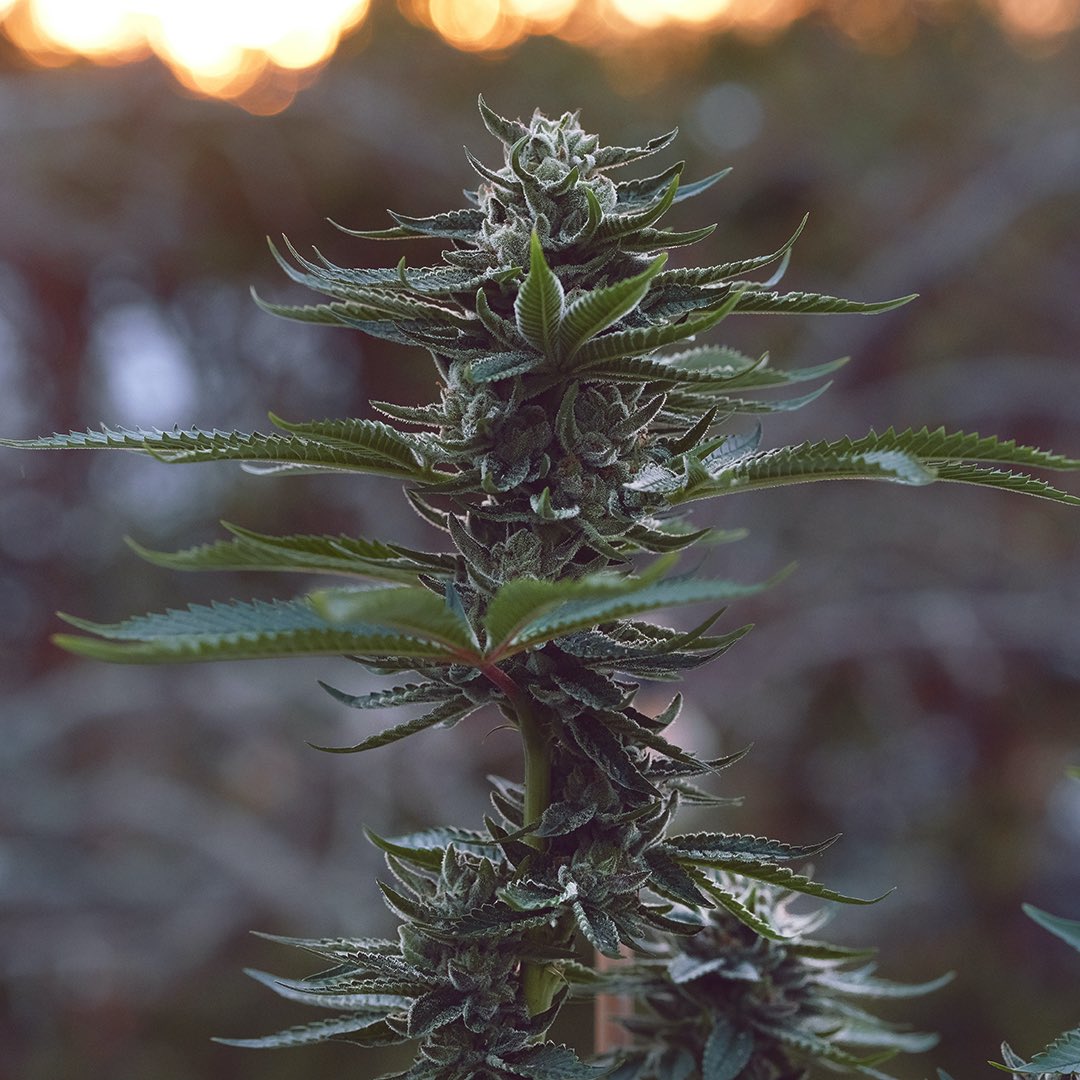
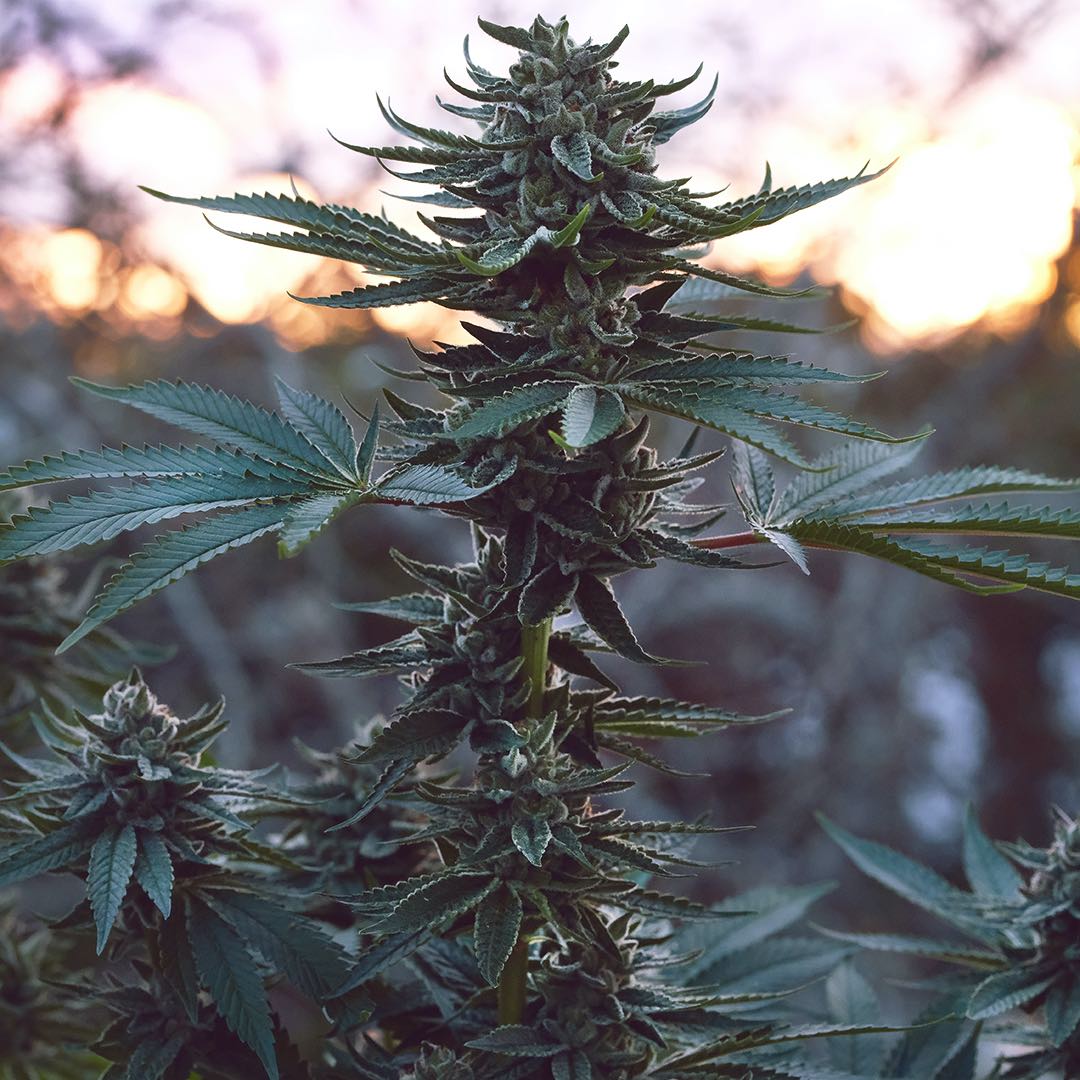
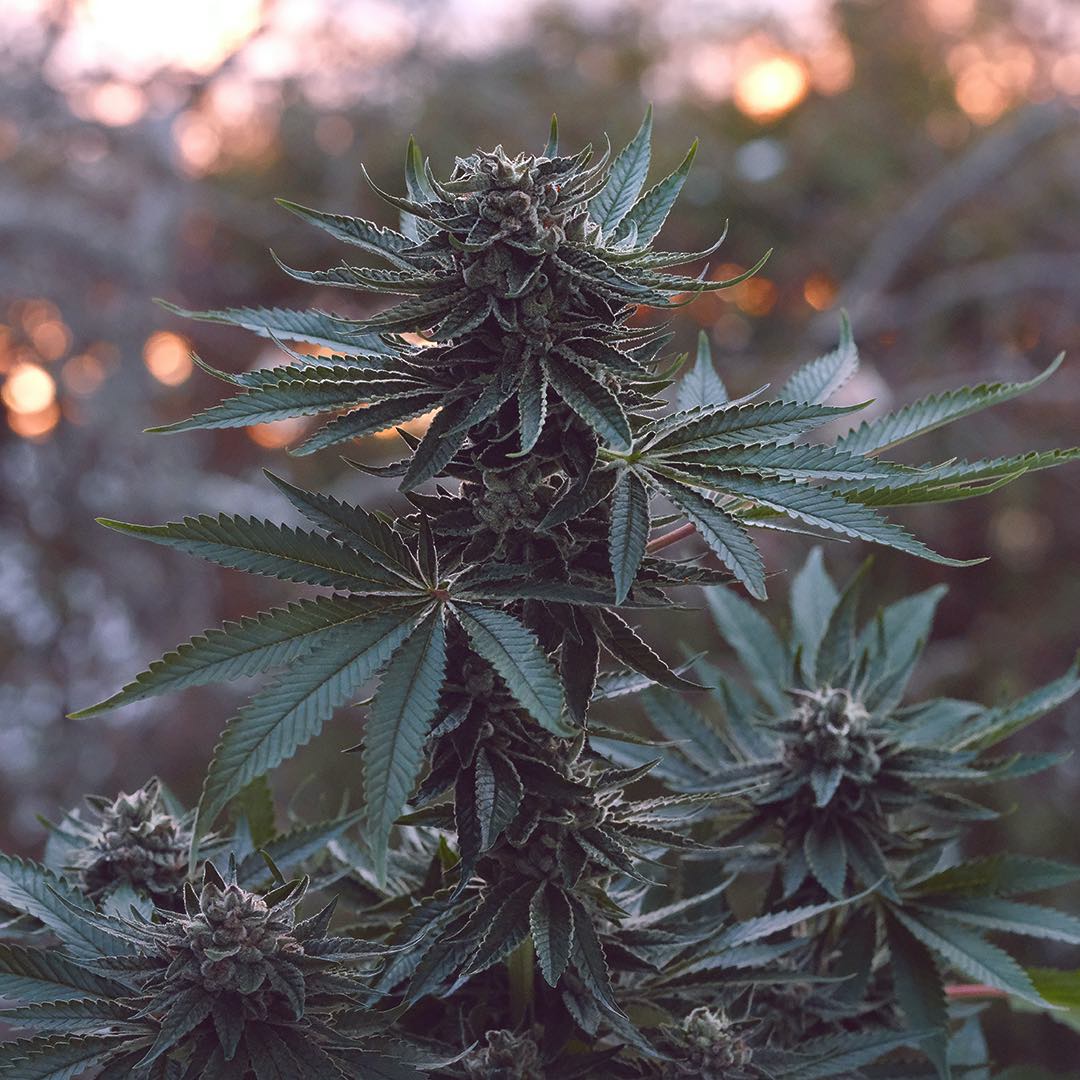

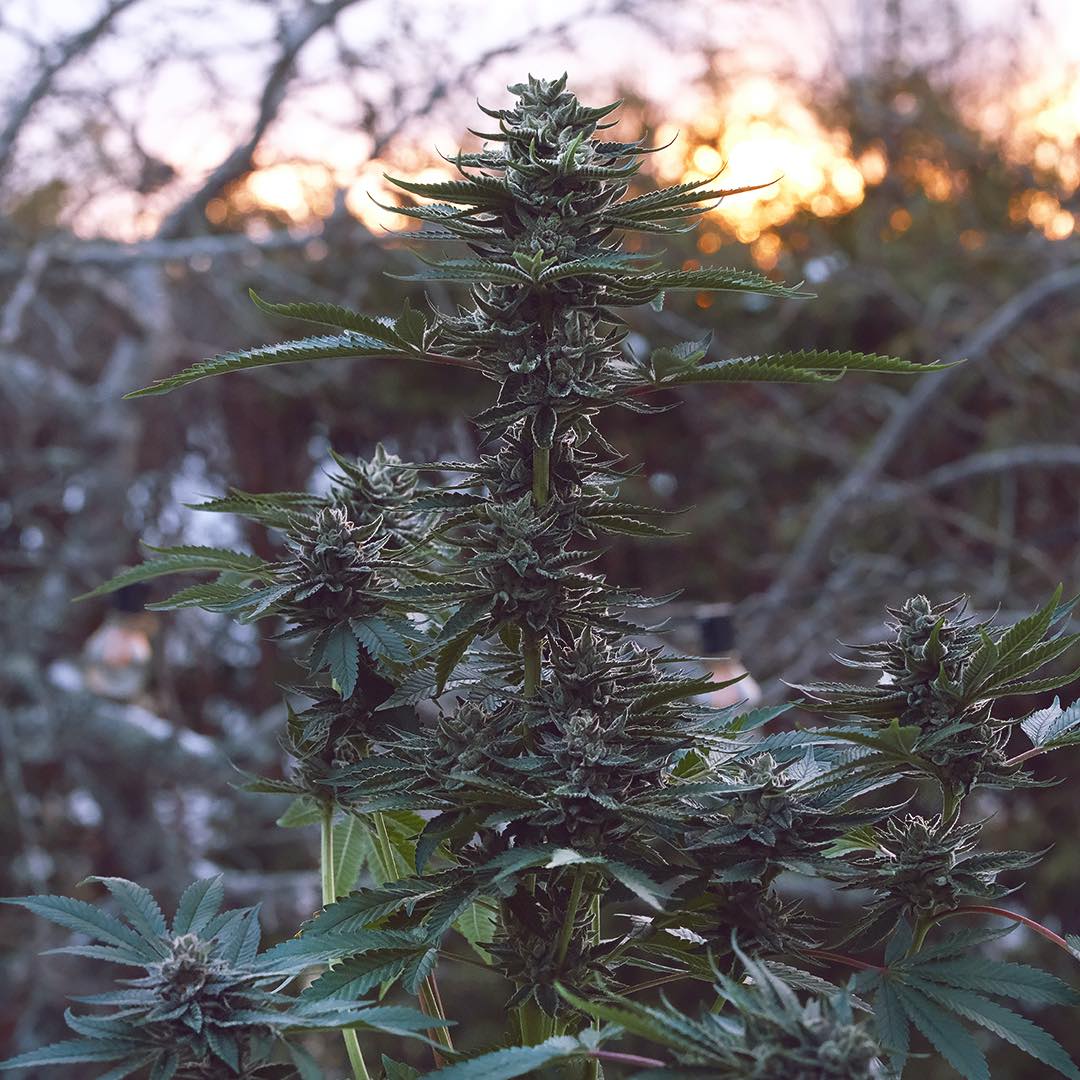

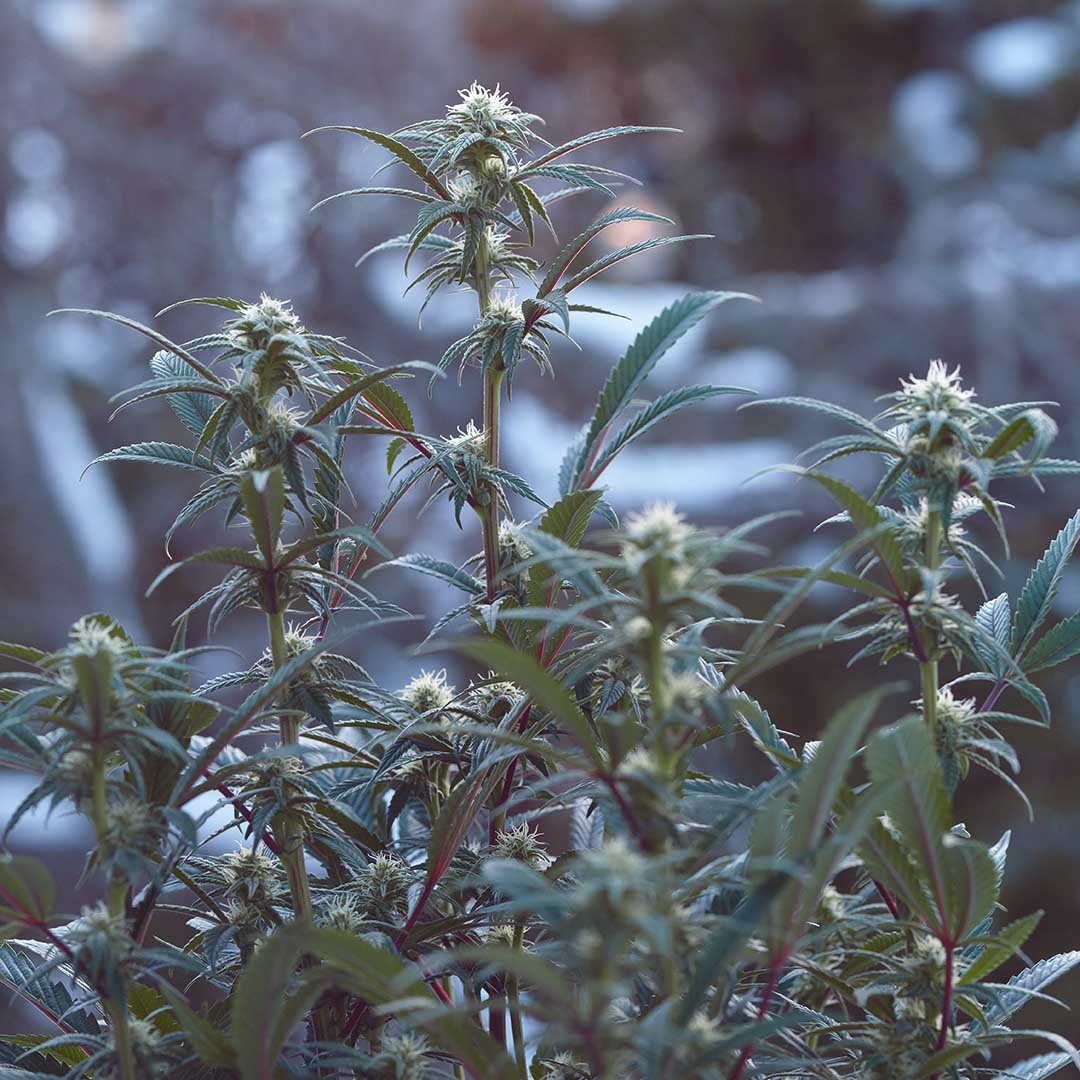
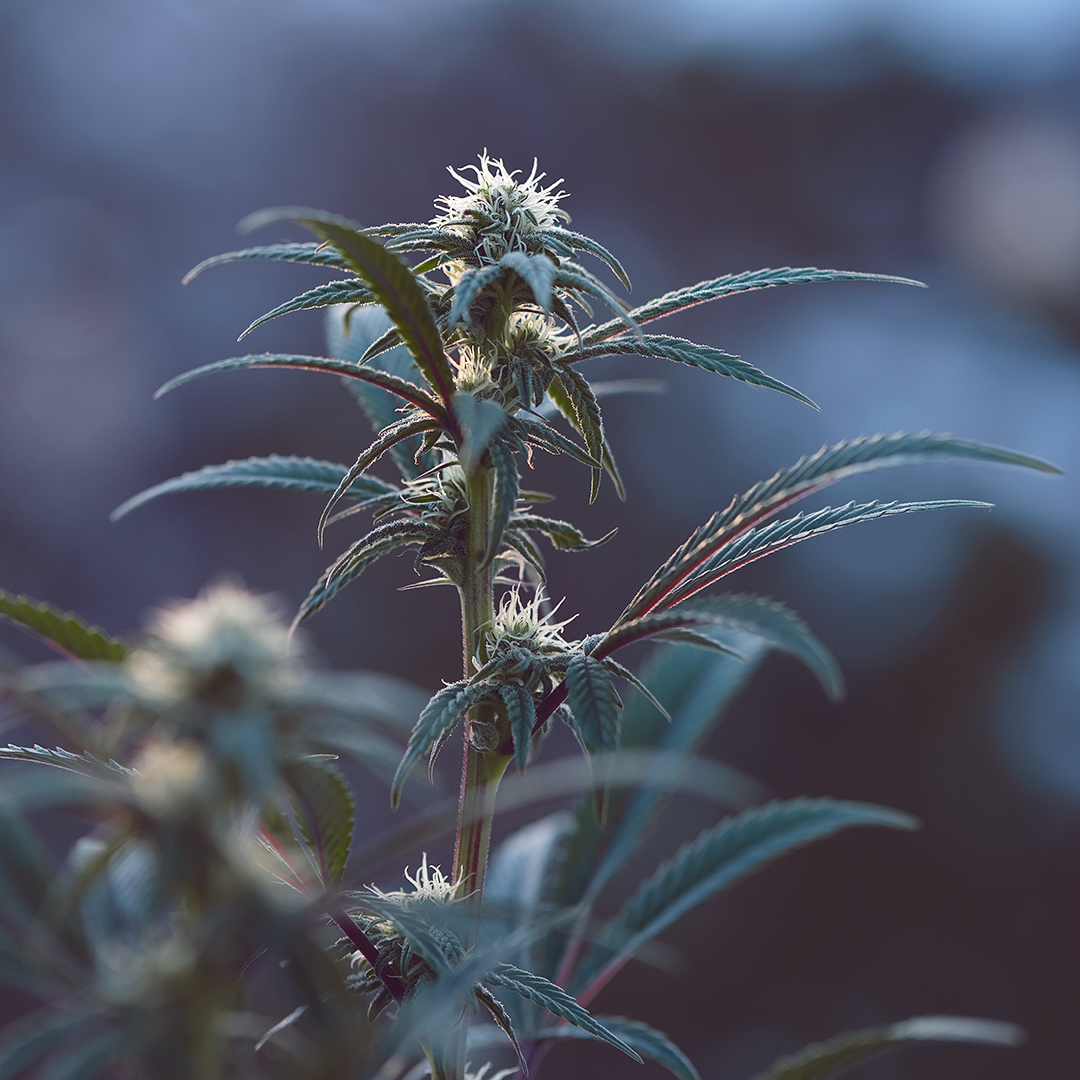

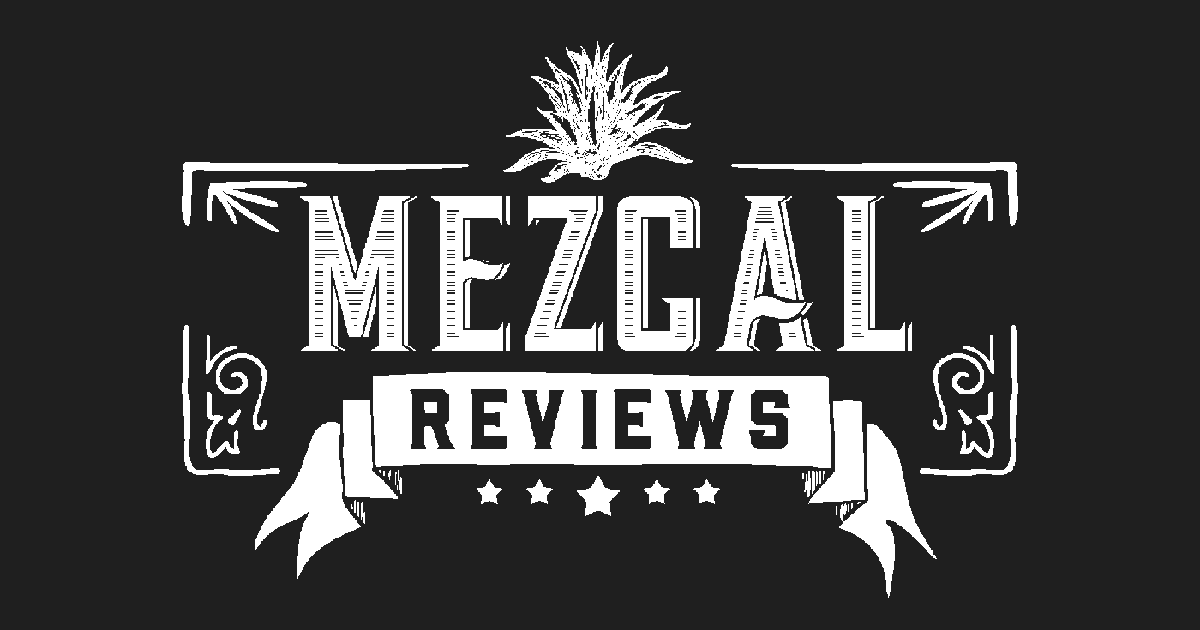

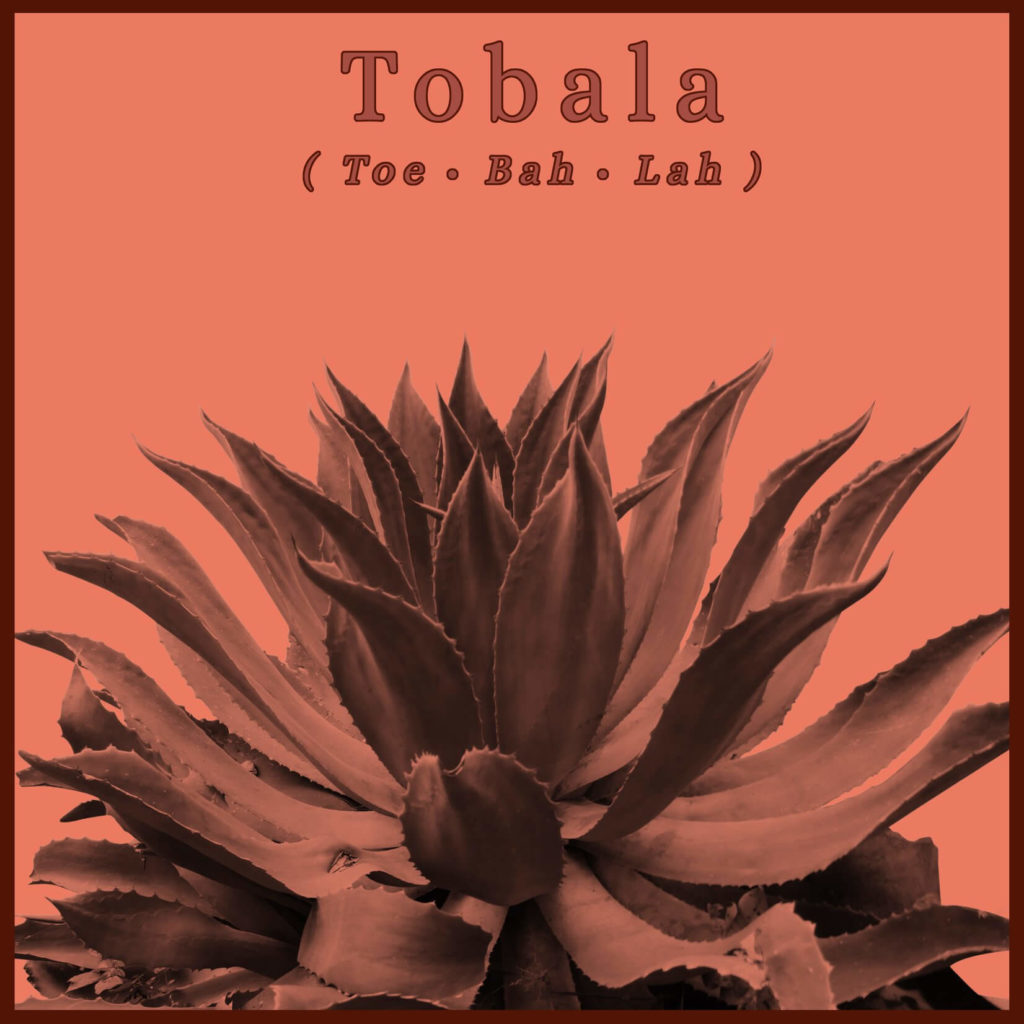
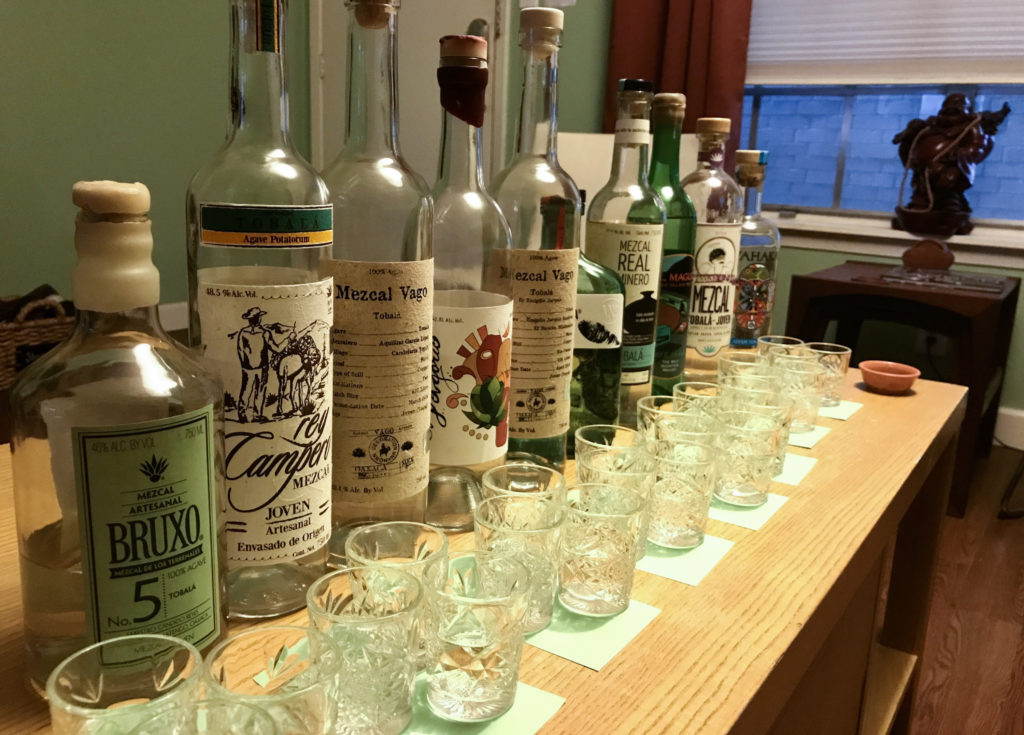
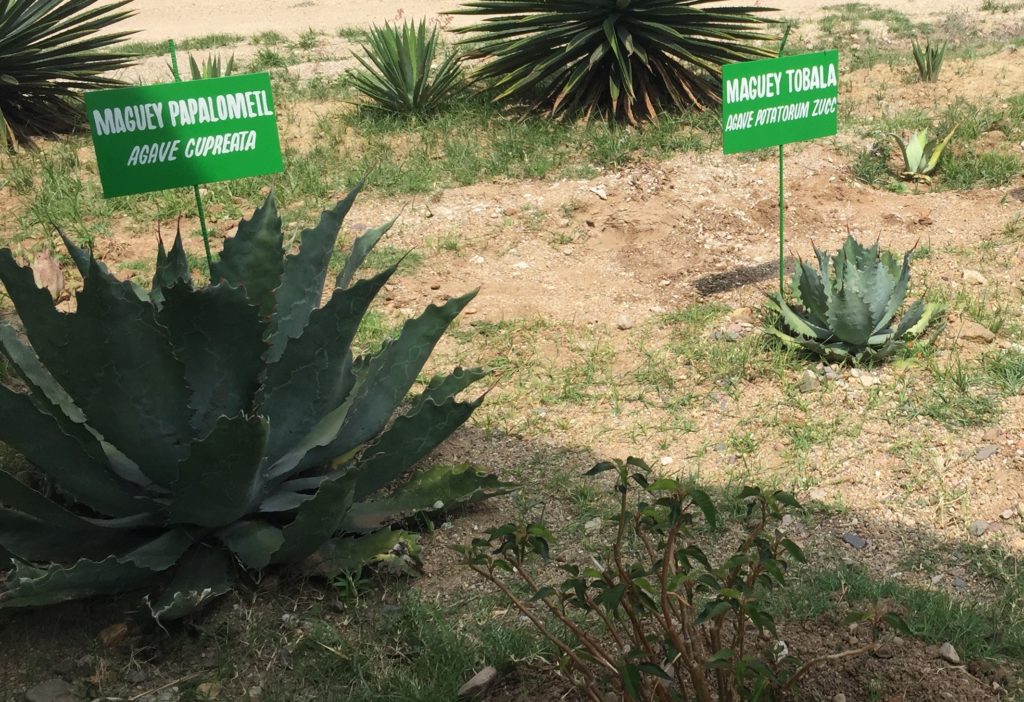
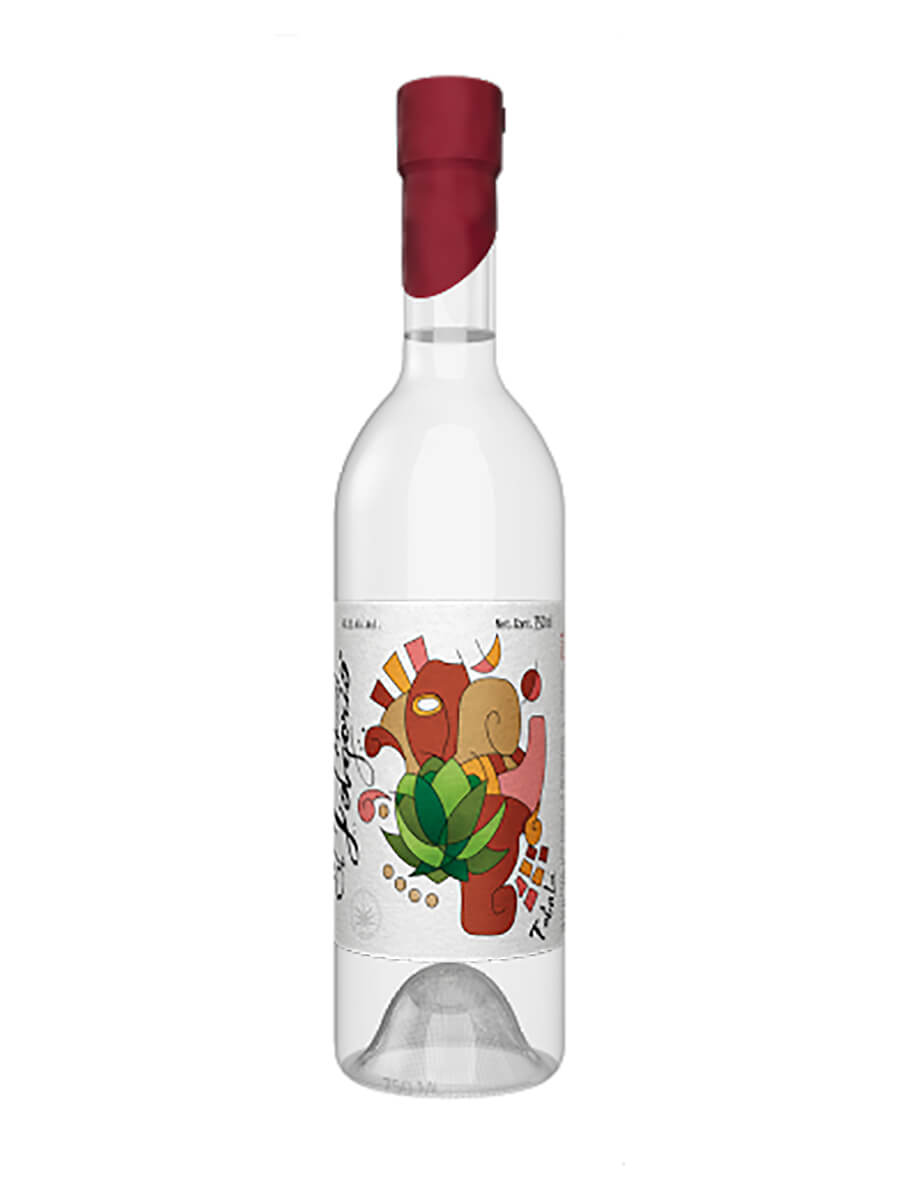
 One of my favorite aspects of HT publishing this article is giving respect to MS
One of my favorite aspects of HT publishing this article is giving respect to MS